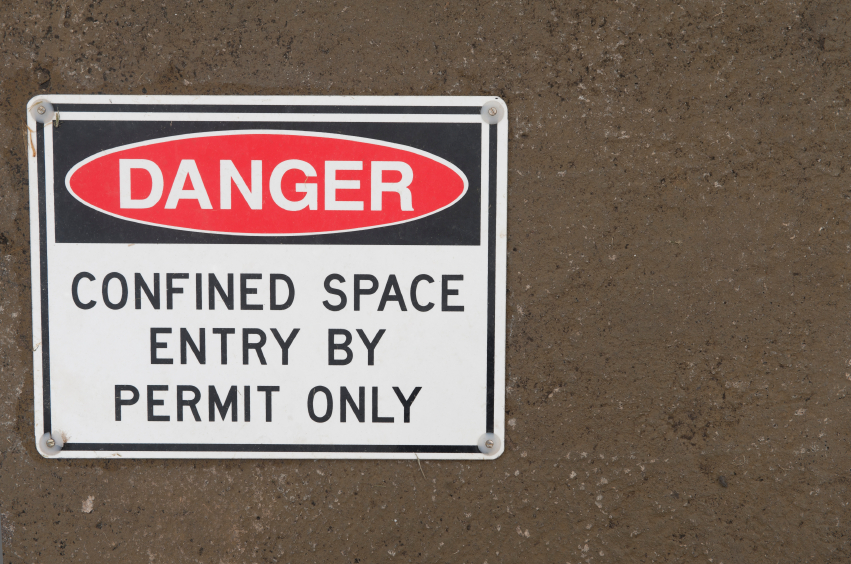OSHA first proposed a confined spaces rule for the construction industry in 1980—but only finalized its confined spaces in construction rule on May 1, 2015. In the interim, OSHA issued a rule covering confined space entry in general industry (1993) and the shipyard industry (1994). But the new confined space in construction rule does not just import the existing general industry rule into the construction standards. This rule clarifies some requirements that have long been part of the general industry standard.
|
In addition to the changes discussed below, OSHA has added several terms to the definitions for the construction rule, such as “entry employer” to describe the employer that directs workers to enter a space, and “entry rescue” has been added to clarify the differences in the types of rescue employers can use. |

|
Your one-stop safety management resource, available 24/7. Go here to take a no-cost site tour or here to try it in your own office!
Three Clarifications
OSHA has added provisions to the new rule that clarify existing requirements in the general industry standard. These affect:
- Alternate entry procedures. In order to use the alternate entry procedures (that allow workers to enter a space without complying with the full permit requirements), OSHA specifies that employers must address and prevent workers’ exposure to physical hazards through elimination of the hazard or isolation methods such as lockout/tagout.
Great news! BLR’s renowned Safety.BLR.com® website now has even more time-saving features. Take our no-cost site tour! Or better yet, try it at no cost or obligation for a full 2 weeks.
- Emergency rescue services. Many employers rely on the local environmental management system (EMS) as their confined space rescue service. The new standard requires that employers that rely on local emergency services arrange for responders to give the employer advance notice if they will be unable to respond for a period of time (because they are responding to another emergency, attending department-wide training, etc.).
- Training. Under the new standard, employers are expressly required to provide training in a language and vocabulary that the worker understands.
Feeling backed into a corner on confined space compliance? Well, you’re not there alone. Safety.BLR.com® is in your corner, and it can provide the resources you need.

That’s interesting how OSHA is allowing a space to be ISOLATED of its physical hazards, and of course control the atmospheric hazards, to use the Alternate Entry procedure. In General Industry (1910.146) it is not allowed to use the Alternate Entry procedure if there are ANY physical hazards associated with the space. An OSHA interpretation even states that isolating physical hazards to use the Alternate Entry procedure is a hybrid of (c)(5) and (c)(7) and is there is no provision for it.
I hope they update 1910.146 to include the same provision as in 1926.1201. Washington OSHA allows it as do some other state OSHAs. As it is now, the Alternate Entry procedures in 1910.146 are pretty useless.
Emergency rescue services. Many employers rely on the local environmental management system (EMS) as their confined space rescue service
observation…I think in this case, EMS is Emerg Med Svcs, rather than Env Mgmt System…